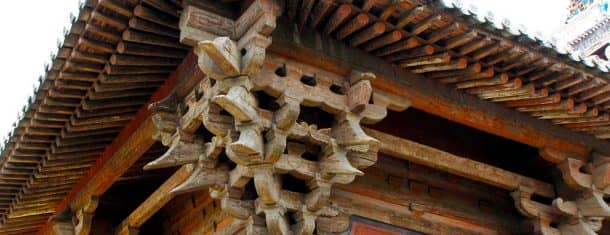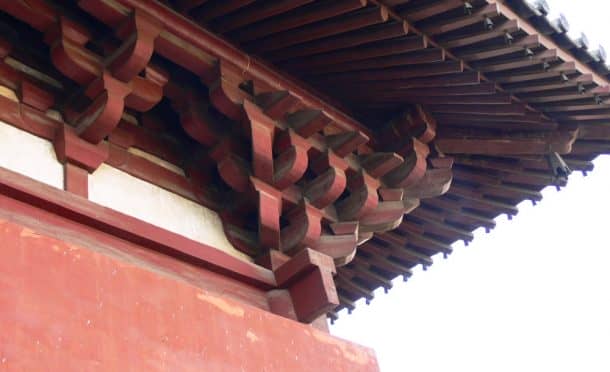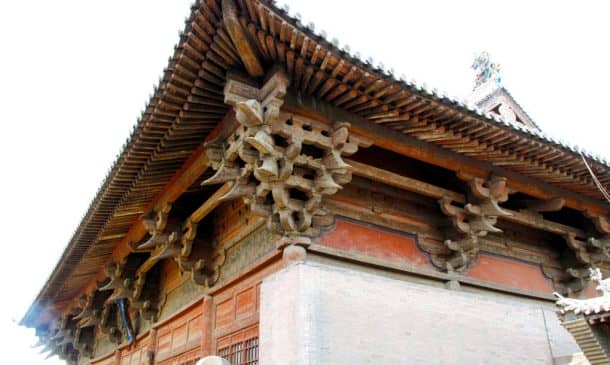China is a major center of earthquakes and has seen some truly devastating disasters over the years. This has led to the people coming up with a unique timber framed architecture that puts any other designs to shame. These building practices have been in place as early as 500BC, where the architects have developed disaster-resistant structures using interlocking flower-shaped brackets known as dougong, which reduces the impact of earthquakes on the structures.

These structures are joined so effectively that the Forbidden City in Beijing has braved over 200 earthquakes in the last 600 years without any major destruction!
Carpenters specialized in the art and science of creating quake proof buildings tried to investigate the genius behind the construction of the Forbidden City, which included 20th century’s deadliest quake.
They created a scale model of a structure on a table and used traditional techniques and tools to make a model as close to reality as possible. Then these buildings, about fifth the size of the structures in the Forbidden City, were made to sustain a simulated earthquake.

In reality, the largest earthquake the earth has ever recorded is about 9.5 in magnitude, but these scaled models withstood up to 10.1 magnitude simulated earthquakes, as shown in the video below!
Dougongs are often found between the eaves and roof, and when the quake strikes, they transfer the weight of the roof to the supporting columns on these old buildings. Even more amazingly, these buildings don’t require nails or glue to hold up. The brackets still don’t shake apart easily, but also have the flexibility as to not shatter under pressure, using their multiple joints to remain stable.

The model shown in the video above was freestanding, meaning unlike those in the Forbidden City, these models weren’t even anchored into the ground for strong foundations. The buildings wobbled at a 10.1 magnitude simulated earthquake, but stood as if nothing has happened!
Dougong style is adopted by buildings all across the region, on palaces, schools, temples, and hospitals. According to People’s Daily Online, this technique was utilized widely during its Spring and Autumn Period in the Chinese history spanning from around 770 to 476 BC.


